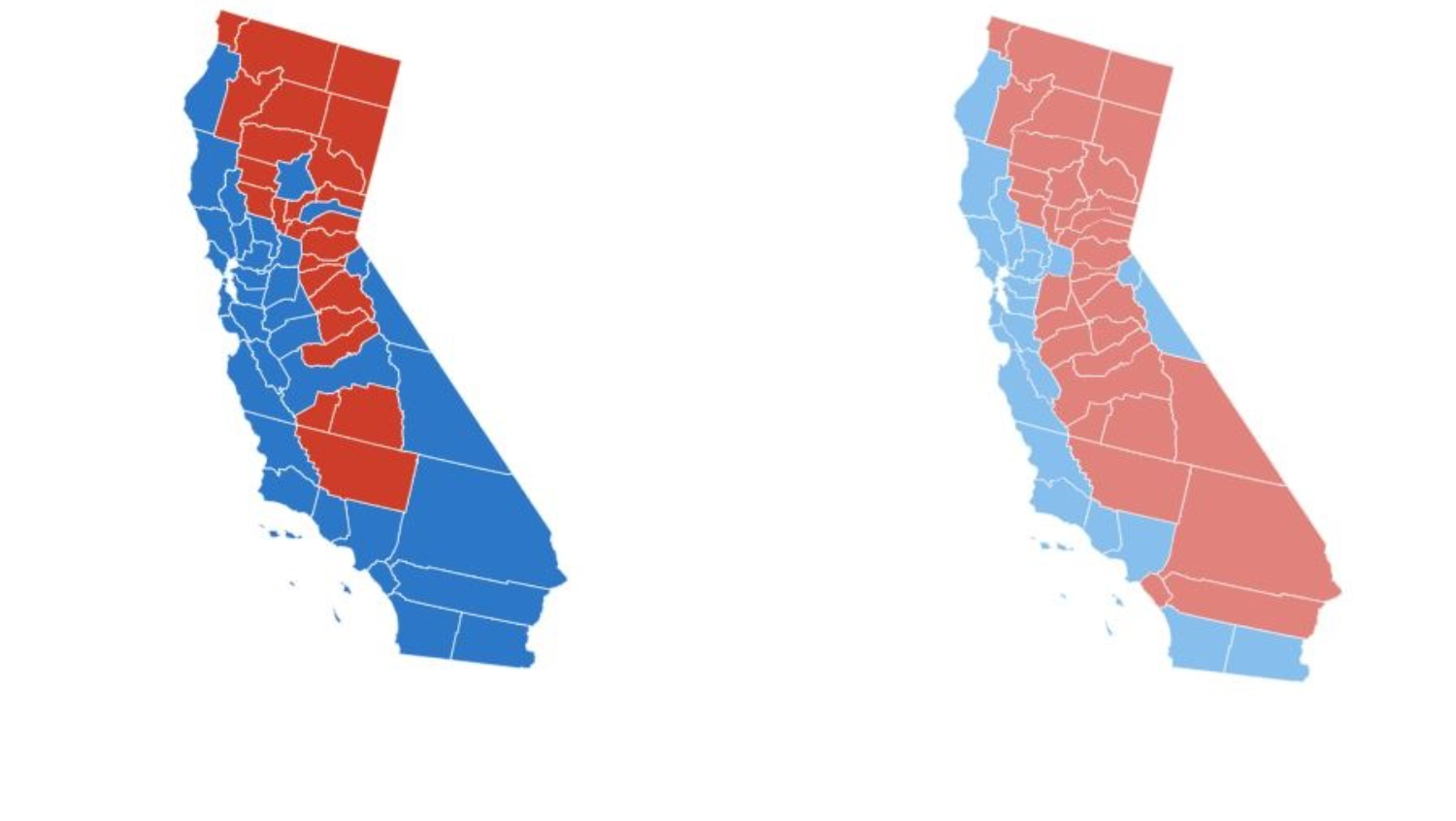Ninety years ago this week, the worst civil engineering failure in California history claimed more than 450 lives and left a path of staggering destruction.
The St. Francis Dam in San Francisquito Canyon, about 40 miles northwest of Los Angeles, collapsed just before midnight on March 12, 1928. The breach unleashed 12 billion gallons of water that spread across the region, carrying mud and debris through towns and farming communities on a terrifyiing rampage that lasted more than five hours and stretched to the Pacific Ocean in Oxnard.
The man-made flood marks the second-largest loss of life in a single disaster in California. Only the 1906 San Francisco earthquake accounted for more fatalities.
St. Francis dam construction began in 1924 at a location that is upstream from what is now the Six Flags Magic Mountain theme park in Valencia. The dam reached a height of 205 feet and a width of 1,300 feet when the concrete barrier, a key piece of Los Angeles chief water engineer William Mulholland's water system that transformed the city into what it is today, was completed two years later.
Water supplied from the Los Angeles Aqueduct, which allowed water to flow south from reservoirs in the eastern Sierra Nevada Mountains to the dry southern part of the the state, entered the dam in May 1926, giving Los Angeles a reserve system that could last at least a year.
It appeared Mulholland had achieved governance over nature -- but there were early signs that was only a fantasy.
Residents and workers near the dam, including damkeeper Tony Harnischfeger, noticed problems from the start. Harnischfeger, who lived below the dam with his family in a small cottage, called Mulholland to the site to inspect a muddy leak, according to the Los Angeles Times.
California
News from across California
Mulholland's chief assistant declared there was no threat from the leak following the inspection.
A few hours later at about midnight, the Harnischfegers were among the first to die when a wall of water roared down on the canyon. The water carried debris, boulders, mud, trees and anything else in its path away in an unrelenting wave of destruction. Hundreds of houses, bridges, roads and other buildings were destroyed, according to the California Department of Water Resources. The force of the water and debris was so powerful, it twisted a stretch of railroad track between Castaic Junction and Piru.
An estimated 37.5 square of farmland was swept away. The avalache of water flowed into the Santa Clara Riverbed and followed it through several towns, including Filmore, Santa Paula and Castaic. There was nothing resembling an advanced warning system, which might have provided residents downstream from the rush of water with time to evacuate. Instead, telephone operators called communities in the water's path and motorcycle officers raced ahead to communities in jeopardy, the Los Angeles Times reported.
The water continued on its deadly path until around 5:30 a.m. a day later.
All that remained of the dam was a single column, standing like a tombstone among the devastation. That section, featured in a front-page photo in the March 14, 1928 Los Angeles Times, was later blasted to pieces.
The death toll was estimated at more than 450, but experts say that figure could be much higher. Bodies were discovered years after the collapse, others were washed out to sea.
The saga marked what was effectively the end of Mulholland's storied career, one that forever left its mark on Los Angeles' water infrastructure. When he testified at the coroner's inquest, Mulholland said, "I envy the dead."
The inquest jury did not recommend prosecution, but heaped blame on Mulholland for the disaster.
"The construction of a municipal dam should never be left to the sole judgment of one man, no matter how eminent," the jury said.
A state commission later determined that the dam was poorly built in a geologically unstable site. A year after the disaster, lawmakers created what would become the Division of Safety of Dams under the California Department of Water Resources. The division's geologists and engineers review and approve dam construction plans and conduct regular inspections.
A memorial next to San Francisquito Power Plant No. 2 on San Francisquito Road is dedicated to the victims. California Historical Landmark No. 919 is about a half-mile south of the site of the dam, which can be located by looking for mostly buried strips of concrete.



